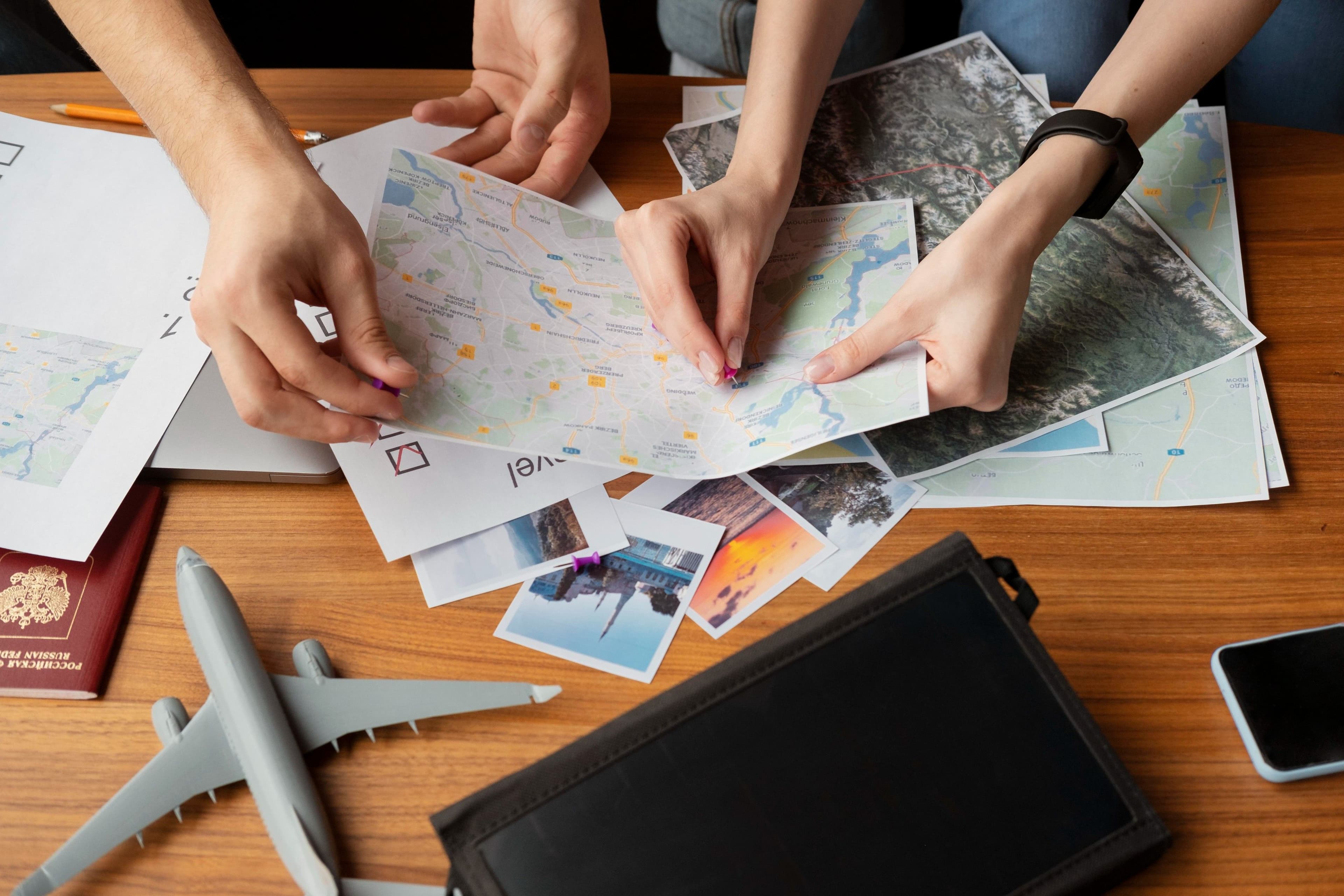
13/07/2024
Circular tourism impacts the way we travel and seek destinations
By Edson Grandisoli
Easy, fast, and ecologically sustainable. This is how the travel scenario is projected until 2040, according to a report published in 2020 by Euromonitor. According to Edson Grandisoli, pedagogical director of the Circular Movement, the lack of knowledge, infrastructure, and the perception of not being able to carry out certain actions are some factors that hinder the adoption of more sustainable practices, including better travel choices.
The good practices of the Circular Economy also seek to respond to the challenges that the tourism sector faces. The concept, which encourages the transition from a linear economy to a more circular one, has as its core the fight against waste, the reduction of waste generation, the extension of the life of products and materials, reuse and recycling, among other things, the repair or replacement of these by services and material recycling.
How about including some circular economy practices in your luggage?
- Choose sustainable destinations: there are numerous ones in Brazil and around the world recognized for their concern for environmental conservation.
- Minimize waste: Avoid the use of disposable plastics and bring a reusable bottle and bags. Dispose of your waste properly and participate in cleanup initiatives.
- Choose sustainable operators: Opt for tourism companies that follow responsible practices, such as minimizing environmental impact, supporting social projects, and promoting environmental education.
- Respect the culture and environment: Be mindful when visiting historical sites, natural areas, and cultural sites. Do not take souvenirs from nature and respect local rules.
- Conscious transport: Prefer more sustainable or shared means of transport, such as walking, cycling, or using public transport.
- Stay in a hostel: Hostels are more sustainable than hotels, producing 82% less greenhouse gas emissions.
- Choose closer destinations: do you know that wonderful place near home that you always postpone to visit? This option also helps reduce emissions.
- Participate in environmental volunteer initiatives: beach cleanups and reforestation, helping to preserve the visited destinations.
- Connect with the community: Interact with local residents, learn about their traditions and customs. Buy products and services directly from them to support the local economy.
Communicating good practices is essential to promote a culture of sustainability in tourism, sharing experiences and information about sustainable practices that can inspire others to adopt similar behaviors, creating a positive multiplier effect. By raising awareness and educating, we help build a future where travel goes beyond living experiences, thinking about preserving the planet for future generations.
One of the tips is to choose closer destinations. Image: Reproduction/Freepik
Circular Economy in practice
The concept emerged in the 1980s when concern for production chains arose, previously structured only to extract, produce and discard. Over time, new business models have emerged in tune with ways to transform this reality. In this sense, tourism is not left out.
To better understand the concept, the course "Introduction to the Circular Economy" by Circular Academy is free and can be accessed on the Circular Academy website. The platform, launched by the Circular Movement initiative with the conception of Atina Education, already has more than 224 thousand accesses and is aimed at teachers, students, and all those who want to learn about the circular economy and generate a world with less waste.
About Edson Grandisoli
Pedagogical coordinator of the Circular Movement, he holds a Master's in Ecology, a Doctorate in Education and Sustainability from the University of São Paulo (USP), a Post-Doctorate from the Global Cities Program (IEA-USP), and a specialist in Circular Economy from the UNSSC of the UN.
About the Circular Movement
Created in 2020, the Circular Movement is a collaborative ecosystem that strives to encourage the transition from a linear economy to a circular one. The idea that every resource can be reused and transformed is the motto of the Circular Economy, the core concept of the movement. The Circular Movement is an open initiative that promotes collaborative spaces with the aim of informing people and institutions that a future without waste is possible through education and culture, the adoption of new behaviors, inclusion, and the development of new processes, products, and attitudes. The work counts on the pioneering partnership of Dow, a chemical and plastics company, headquartered in Michigan, United States. The Circular Movement today accounts for 5 million people impacted by its activations and content.

